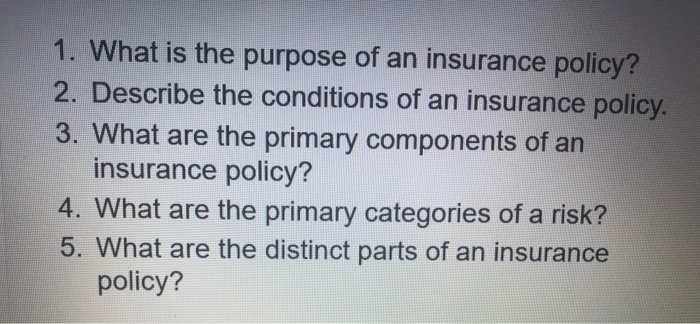Indicators on Pacific Prime You Need To Know
Pacific Prime - The Facts
Table of ContentsPacific Prime Things To Know Before You BuyFascination About Pacific PrimeGetting My Pacific Prime To WorkGet This Report about Pacific PrimeGetting The Pacific Prime To Work

This is because the data were accumulated for a period of solid financial performance. Of the estimated 42 million individuals who were uninsured, all yet about 420,000 (concerning 1 percent) were under 65 years of age, the age at which most Americans end up being qualified for Medicare; 32 million were adults between ages 18 and 65, about 19 percent of all grownups in this age group; and 10 million were kids under 18 years old, regarding 13.9 percent of all kids (Mills, 2000).
These quotes of the number of individuals uninsured are created from the yearly March Supplement to the Existing Population Study (CPS), conducted by the Census Bureau. Unless otherwise noted, nationwide quotes of individuals without medical insurance and percentages of the populace with various kinds of coverage are based on the CPS, the most commonly utilized source of price quotes of insurance policy protection and uninsurance prices.
Pacific Prime Things To Know Before You Buy

Still, the CPS is especially helpful because it produces annual quotes fairly swiftly, reporting the previous year's insurance policy protection estimates each September, and since it is the basis for a regular set of quotes for even more than twenty years, allowing for analysis of fads in insurance coverage gradually. For these reasons, as well as the substantial usage of the CPS in various other researches of insurance policy coverage that exist in this record, we depend on CPS quotes, with restrictions noted.

The quote of the number of without insurance people increases when a population's insurance coverage condition is tracked for a number of years. Over a three-year period beginning early in 1993, 72 million people, 29 percent of the U.S. https://packersmovers.activeboard.com/t67151553/how-to-connect-canon-mg3620-printer-to-computer/?ts=1712004612&direction=prev&page=last#lastPostAnchor. population, were without coverage for at the very least one month. Within a single year (1994 ), 53 million individuals experienced a minimum of a month without protection (Bennefield, 1998a)
Six out of every ten uninsured adults are themselves utilized. Although functioning does boost the likelihood that one and one's family participants useful content will certainly have insurance, it is not a warranty. Also members of families with 2 full time wage earners have nearly a one-in-ten chance of being without insurance (9.1 percent uninsured price) (Hoffman and Pohl, 2000).
Pacific Prime - Truths
New immigrants represent a substantial percentage of individuals without health insurance policy. One evaluation has associated a significant section of the current growth in the dimension of the U.S. without insurance population to immigrants that got here in the country between 1994 and 1998 (Camarota and Edwards, 2000). Current immigrants (those that concerned the United States within the previous four years) do have a high rate of being without insurance (46 percent), yet they and their children make up just 6 percent of those without insurance coverage nationally (Holahan et al., 2001).
The partnership in between wellness insurance and access to care is well established, as documented later in this chapter. The partnership in between wellness insurance and health outcomes is neither straight neither simple, an extensive medical and health and wellness services research study literary works web links wellness insurance policy coverage to better accessibility to care, better high quality, and enhanced personal and populace wellness status.
Levels of analysis for analyzing the impacts of uninsurance. This conversation of medical insurance coverage concentrates mainly on the U.S. populace under age 65 due to the fact that practically all Americans 65 and older have Medicare or various other public insurance coverage. Furthermore, it focuses specifically on those with no medical insurance for any size of time.
Indicators on Pacific Prime You Should Know
The troubles encountered by the underinsured are in some aspects similar to those encountered by the without insurance, although they are normally less extreme. Health and wellness insurance coverage, however, is neither essential neither sufficient to obtain accessibility to medical solutions. The independent and straight effect of wellness insurance protection on accessibility to health solutions is well established.
Others will get the healthcare they need even without wellness insurance coverage, by spending for it expense or seeking it from carriers that provide care free or at highly subsidized prices. For still others, medical insurance alone does not guarantee receipt of treatment as a result of other nonfinancial obstacles, such as an absence of health and wellness treatment suppliers in their community, restricted accessibility to transportation, illiteracy, or etymological and social differences.
The Of Pacific Prime
Official research regarding uninsured populaces in the United States dates to the late 1920s and very early 1930s when the Committee on the Expense of Medical Care created a collection of records concerning funding physician office check outs and hospital stays. This concern became salient as the numbers of medically indigent climbed during the Great Depression.